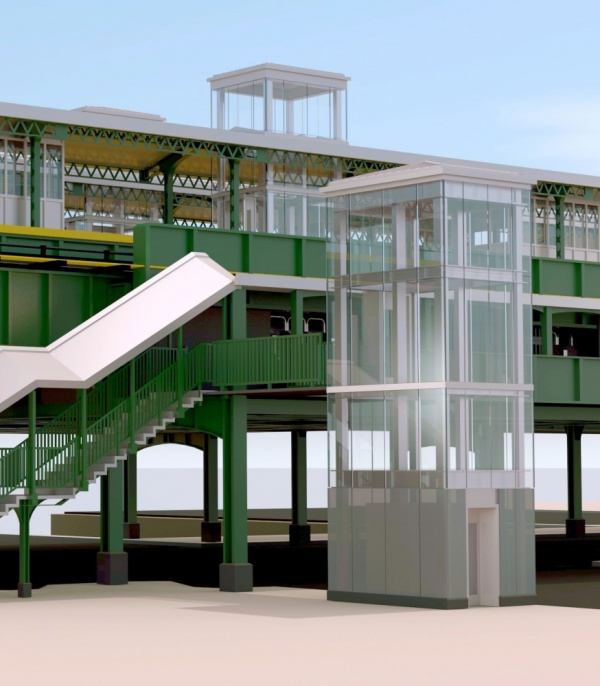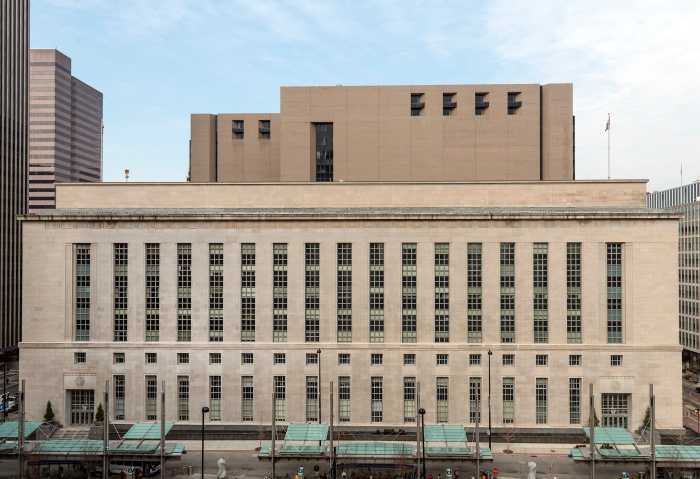
A rendering of accessibility upgrades including new elevators at Astoria Boulevard station (MTA)
Dec. 19, 2019 By Allie Griffin
The Metropolitan Transportation Authority (MTA) announced today an additional 20 subway stations — including two in Long Island City — which will receive ADA upgrades under the authority’s $51.5 billion 2020-2024 capital plan.
The 20 stations are part of 70 in total which will be made fully ADA accessible under the capital plan. The accessibility upgrades will cost a total of $5.2 billion and is the largest investment in accessibility in the city’s transit history, according to the MTA.
In Queens, the newly announced stations include the Court Square- 23rd Street E/M, Northern Boulevard M/R, 33rd Street – Rawson Street 7, 46th Street – Bliss Street 7 and Parsons Boulevard F stations.
“The announcement of these additional 20 ADA stations is a major step forward for MTA system-wide accessibility,” said MTA Chairman and CEO Patrick J. Foye. “New Yorkers deserve a subway system that works for everyone. This historic investment of $5.2 billion for accessibility in the next Capital Program will be life-changing for our customers.”
In September, the MTA announced 48 stations that will receive the accessibility upgrades. The two remaining stations will be announced at a later date.
Already announced to receive ADA upgrades in Queens are the Beach 67th Street A, Briarwood E/F, Broadway N/W, Woodhaven Boulevard M/R, Steinway Street M/R and Rockaway Boulevard A stations.
The original 48 stations met the MTA goal of ensuring customers are no more than two stops away from an accessible station. The 20 additional stations announced today will further increase accessible citywide coverage and were chosen based on factors like demographics, transfers, constructability, ridership and synergy with other construction projects.
The stations were chosen through input from community members, advocates, elected officials and customers with disabilities.
“New Yorkers rely on mass transit to get to jobs, school, family and friends – and for too long New Yorkers with disabilities have not been able to rely on our subway system in the same way as our able-bodied neighbors,” said James Weisman, President & CEO of the United Spinal Association. “Making an additional 70 subway stations accessible, and ensuring the system is accessible across the five boroughs, will open up so many new options for the hundreds of thousands of New Yorkers and daily visitors who need accessible service.”


































